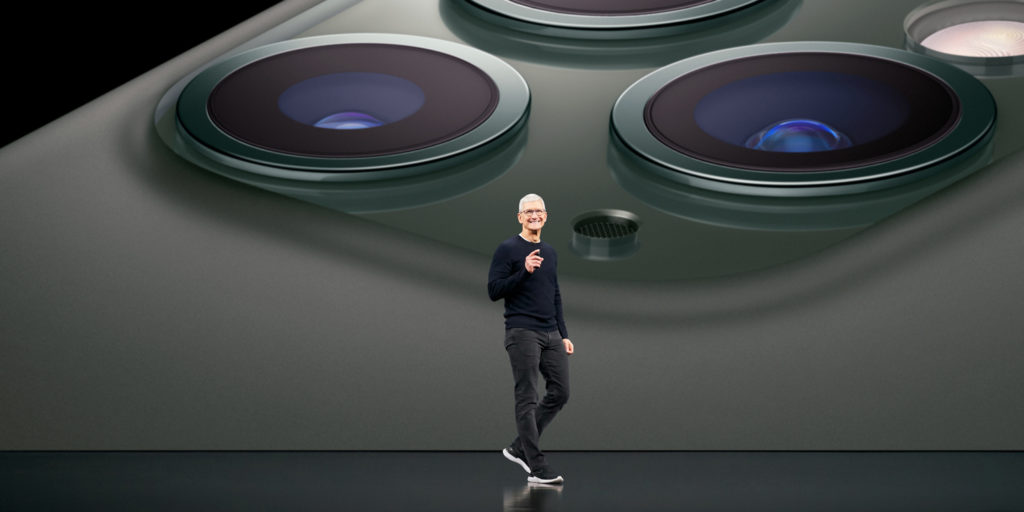Apple’s not cheap, but it’s certainly now better value
When iPhone X first flirted with a thousand-dollar price-point, and the iPhone XS Max subsequently blazed far beyond, Apple cemented its reputation for being eye-wateringly expensive. Sure, you got the best tech kit – but at a price. Yet at Apple’s recent event, change was in the air – this was the keynote that saw Apple getting surprisingly aggressive with pricing.
This line of thinking may not be apparent, given that the iPhone 11 Pro still starts at $999 (and tops out at a wallet-busting $1449 with the 512GB iPhone 11 Pro Max). Elsewhere, though, Apple has taken a different approach.
The iPhone 11 effectively replaces the iPhone XR, yet comes in at 50 bucks cheaper at every storage capacity. Meanwhile, the iPhone XR (Apple’s best-selling iPhone from last year’s range), sticks around, with a price-cut of $150 – $50 more than the cut Apple’s made to equivalent units in previous years. Notably, this now mid-range phone has an A12 processor that, despite being a year old, acts as an engine that beats anything you can buy on the Android side. (The iPhone 11’s A13 of course blasts Apple even further into the lead.)
The theme continues with Apple’s other hardware – and even services. Apple Watch Series 3, which last year dropped from $399 to $279, gets another price cut, to $199. It might lack the swanky larger display of newer Apple smartwatches, but it’s leagues ahead of every other smartwatch in that price bracket. Similarly, the revamped iPad gets a larger display (10.2in, up from 9.7in) and a Smart Keyboard connector, yet retains the $329 price-tag that screams ‘bargain’ for such a capable device.
Apple Arcade – initially assumed to be a $9.99 per month service – was instead priced at $4.99. Apple then lobbed in a surprise twist, announcing it would support Family Sharing for up to six users for no additional outlay. Apple TV+ went even further, matching Apple Arcade’s pricing, but being entirely free for a year with a relevant Apple hardware purchase. With rival streaming services offering much bigger catalogs of content, this may just be the boost TV+ needs to gain traction.
The ‘old’ Apple still remains – the company that will charge you a pretty penny for the very best hardware. But elsewhere, sands are shifting. Apple has an eye on market share rather than maximizing profit from each individual thing it sells. This is all about positioning for the future, where services will reign supreme, and where ‘Apple as a service’ looks a likely end game. You don’t get to succeed there solely by appealing to a minority of people who can afford the most expensive options, and so Apple is now increasingly gunning for the masses.

